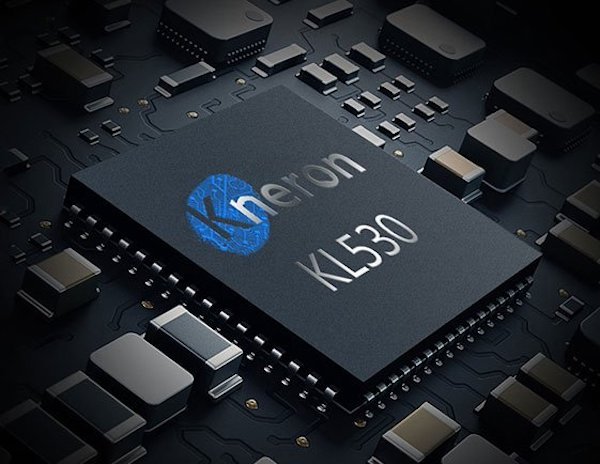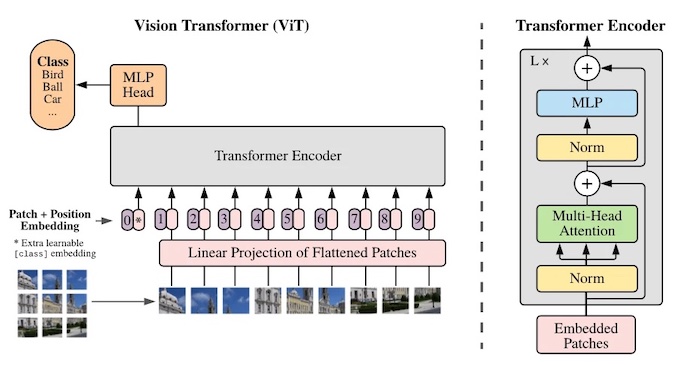The rise of autonomous vehicles has created a heavy demand for hardware that can enable edge computing. To this end, many different companies have been working diligently at developing AI chips that aim to increase performance while decreasing power consumption for AI tasks and computer vision in particular.
One of the lesser-known competitors in this space is California-based Kneron, a company known for its impressive line of AI SoCs.

The new KL530. Image used courtesy of Kneron
Recently, the company expanded its portfolio with the introduction of its newest chip, the KL530. This article will look at the new hardware, what it offers, and what makes it so noteworthy.
KL530 Targets Autonomous Vehicles
Last week, Kneron released its newest chip, the KL530, intended to target the autonomous vehicle edge computing market specifically.
At the heart of this new chip’s computing architecture is Kneron’s KDP530 neural processing unit (NPU), which is capable of 0.5 TOPS at int8 computation and 1 TOPS at int4.
To support the NPU, the SoC also introduces Kneron’s first RISC-V AI-coprocessor, a Cortex M4 system control core, and an image signal processor (ISP). All of this compute is complemented by 128 MB of low-power double data rate (LPDDR), MJ Codec, and a dedicated security block.

Block diagram of the KL530. Image used courtesy of Kneron
Altogether, Kneron claims that the KL530 is its most efficient processor to date, achieving up to 2x more TOPS/watt over its predecessor, the KL520.
The KL530 is also said to achieve 10x the performance of KL520 when running AI models, including Mobilenet and Resnet.
Even though this chip boasts some extreme specs and results, what factors back up these claims?
Keys to Success: INT4 and Vision Transformer Models
According to Kneron, the success of the new chip can be attributed to a couple of factors.
First off, for the KL530, the company introduced INT4 data support. The result of this was the ability to reduce the processing time by 66% while doubling the video frame rate and reducing boot time by 33%.
Compared to the KL520, the KL530 increases the number of detectable objects from three to eight in the same cycle.

A Vision Transformer architecture. Image used courtesy of Visoi.ai
The second major development for the KL530 was supporting vision transformer models, a developing rival for convolutional neural networks (CNNs). As compared to CNNs, vision transformers can be up to 30% more accurate and have the ability to make holistic inferences as opposed to inferences based on key features.
Kneron believes that vision transformers are crucial for achieving L2 (level 2) autonomy. As such, Kneron believes that the KL530 is a crucial product for advancing L1 (level 1) and L2 autonomous driving.
Plans Moving Forward
According to Kneron, the KL530 will be released in two versions. The first solution will be meant for aftermarket solutions, and the second will be an automotive-qualified solution built directly into vehicles.
With the KL530, Kneron hopes to be one of the few small-scale startups to gain a market share in the autonomous vehicle industry. With claims like bringing L1 and L2 autonomous driving to "any vehicle," it will be interesting to see where this company heads in the future.
